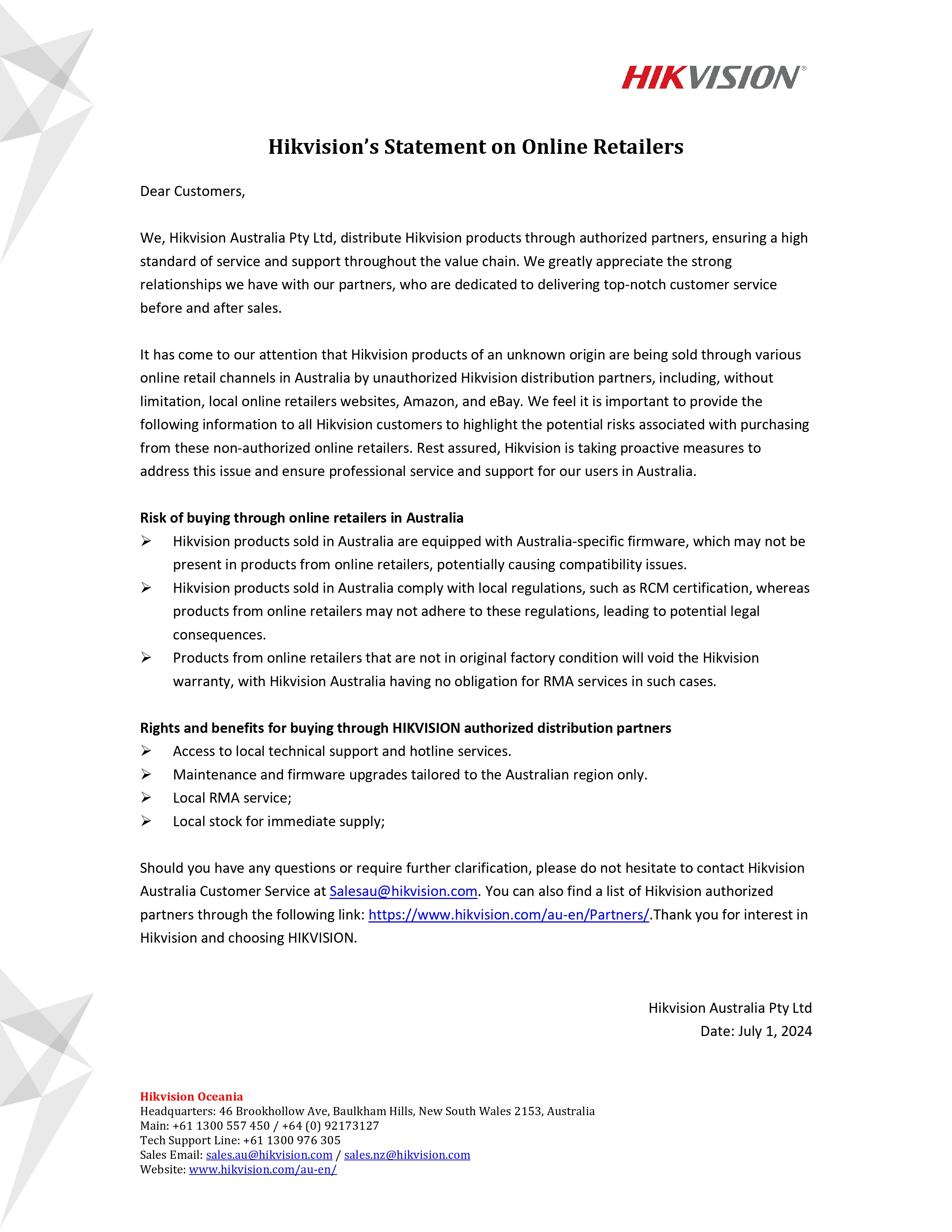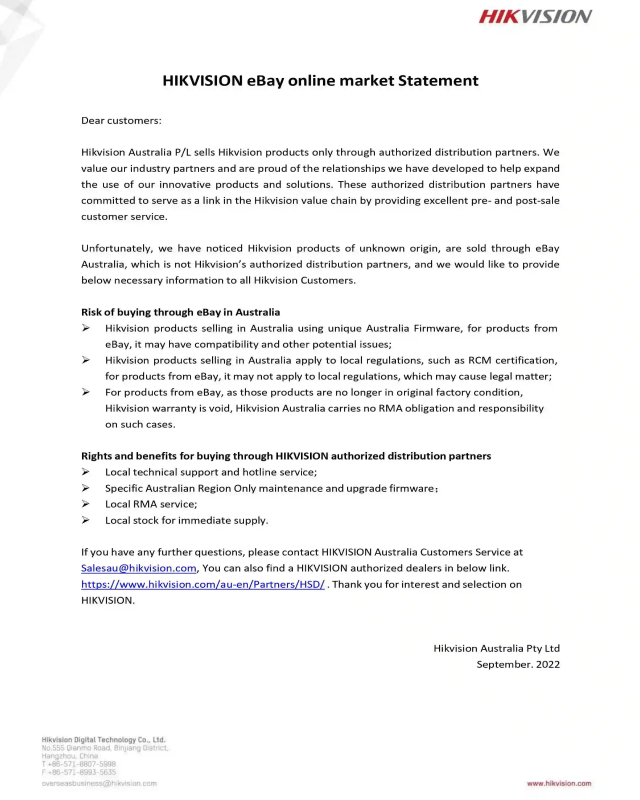Across the world, many urban road networks are already saturated. This causes long delays for drivers, increasing frustration and reducing productivity. It also creates major public health risks due to poor air quality. Together, the effects of excessive traffic negatively impact city dwellers’ quality of life and the sustainability of cities.
According to one study from INRIX, a leading provider of transport insights, Los Angeles commuters spent over 100 hours a year in traffic jams in 2017 – more than any other city in the world. Additionally, London traffic jams cost drivers the equivalent of £2,430 (USD$3,135) each, equal to more than £9.5 billion (USD$12.3 billion) across the city as a whole. [1]
A major headache for city authorities
Needless to say, traffic becomes a headache for city administrators, particularly in cities where rapid urbanisation and economic growth have led to increased ownership of vehicles.
To find long-term solutions, city authorities are looking into the root causes of traffic congestion. In Hong Kong, the city’s Transport Advisory Committee published a report identifying the top-three causes of excessive traffic. These are: “too many vehicles on roads”, “illegal parking”, and “too much road works” – factors that all contribute heavily to traffic jams in cities worldwide.[2]
How technology can help
In many cities, building new road capacity is not an option – either because of available space, disruption to economic activities, or budgetary constraints. In these circumstances, city authorities are beginning to look to smart technologies to make people’s journeys faster and safer.
In the portfolio of available traffic easing technologies, latest-generation video technology is the star. In particular, innovations in Artificial Intelligence (AI) and deep learning have transformed standard video monitoring with features that alert operators about traffic issues in real time. This allows them to take immediate action to keep lanes clear and to keep traffic flowing.
Three solutions with intelligent video technology for free-flowing cities
Next generation video solutions are already helping city authorities to reduce congestion and deliver major time savings for drivers. Three examples are:
This kind of solution uses smart cameras installed at intersections to monitor and report on real-time traffic flow. It works by constantly observing the flow of traffic lanes, and by counting vehicles within defined areas of the road. Data is then sent to traffic management control centres where operators can see the build-up of traffic across the city.

